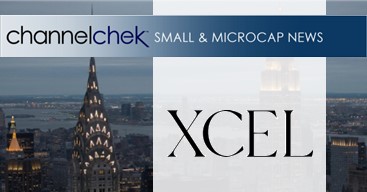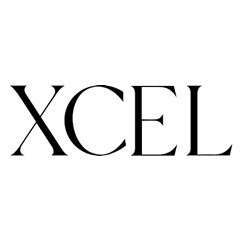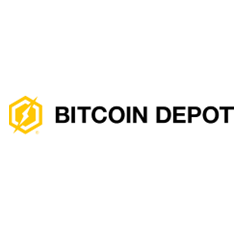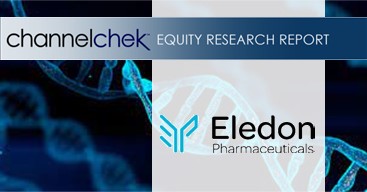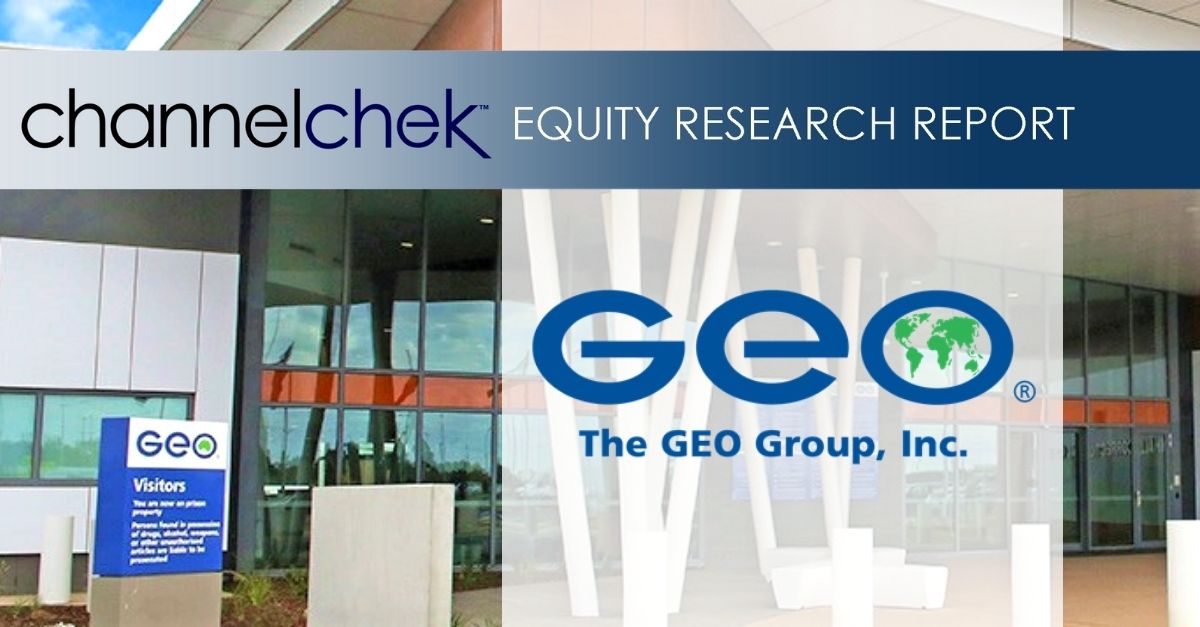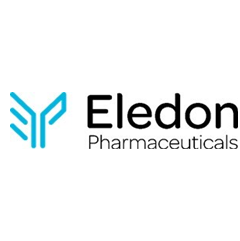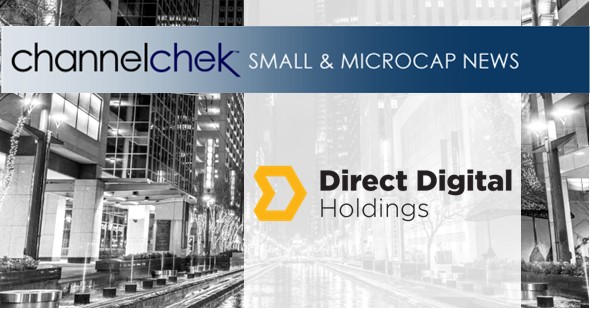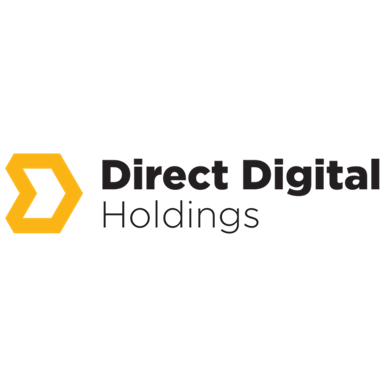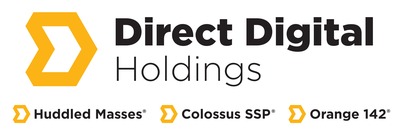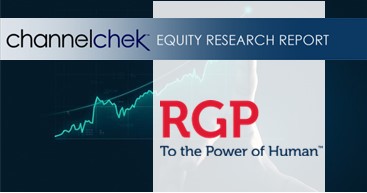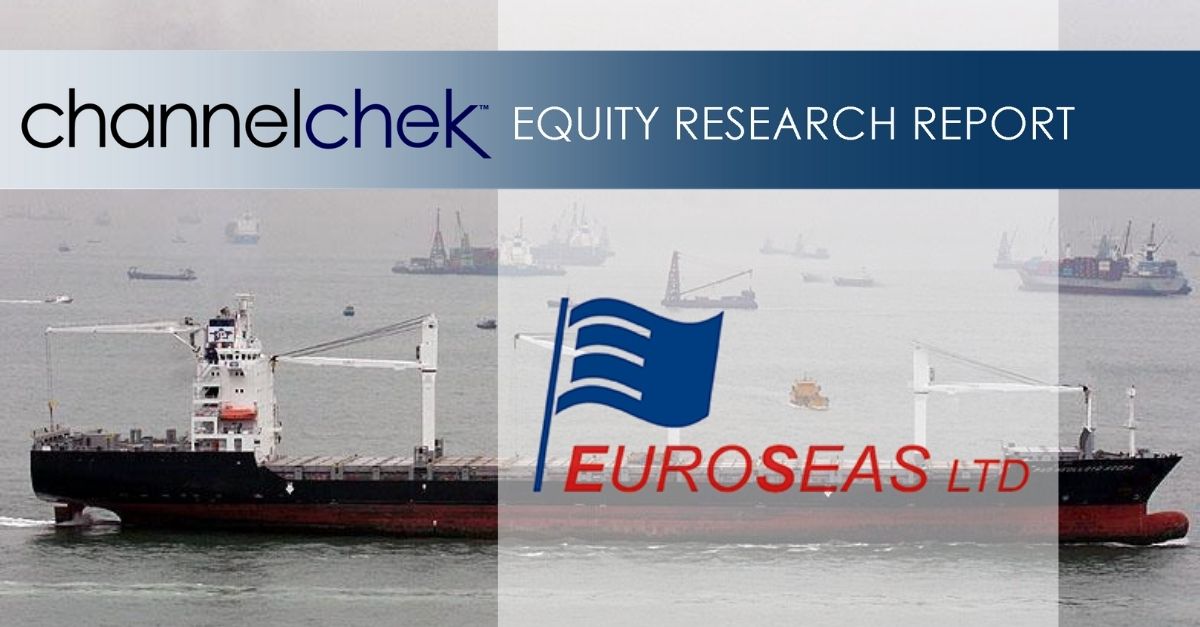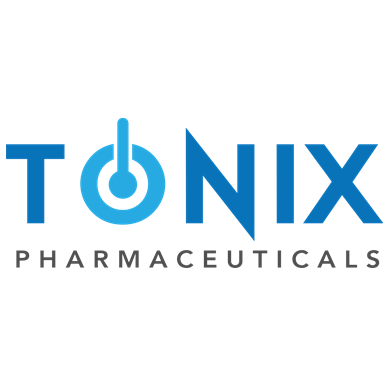
Research News and Market Data on TNXP
March 24, 2025 8:00am EDT Download as PDF
On track for August 15, 2025 FDA PDUFA goal date
TNX-102 SL is a non-opioid analgesic; if approved, TNX-102 SL would become the first new drug for treating fibromyalgia in more than 15 years
Commercial planning for TNX-102 SL underway for launch in the fourth quarter of 2025
CHATHAM, N.J., March 24, 2025 (GLOBE NEWSWIRE) — Tonix Pharmaceuticals Holding Corp. (Nasdaq: TNXP) (Tonix or the Company), a fully-integrated biopharmaceutical company with marketed products and a pipeline of development candidates, today announced that the U.S. Food and Drug Administration (FDA) will not require an Advisory Committee meeting to discuss the Company’s New Drug Application (NDA) for TNX-102 SL for the management of fibromyalgia. If approved, TNX-102 SL (cyclobenzaprine HCl sublingual tablets) would be the first new treatment option for fibromyalgia patients in 15 years.
“We are pleased that FDA will not require an advisory committee meeting as part of the regulatory review process for TNX-102 SL,” said Seth Lederman, M.D., President, and Chief Executive Officer of Tonix Pharmaceuticals. “We believe that TNX-102 SL has the potential to be the first member of a new class of medicines for the management of fibromyalgia, a debilitating condition affecting over 10 million adults in the U.S. We believe we are well positioned to launch TNX-102 SL for the management of fibromyalgia in the fourth quarter of 2025 if approved by the FDA.”
The FDA previously granted Fast Track designation to TNX-102 SL for the management of fibromyalgia in 2024, a designation intended to expedite FDA review of important new drugs to treat serious conditions and fill an unmet medical need.
About Fibromyalgia
Fibromyalgia is a common chronic pain disorder that is understood to result from amplified sensory and pain signaling within the central nervous system, called central sensitization. Brain imaging studies have localized the functional disorder to the brain’s insula and anterior cingulate cortex. Fibromyalgia afflicts more than 10 million adults in the U.S., the majority of whom are women. Symptoms of fibromyalgia include chronic widespread pain, non-restorative sleep, fatigue, and brain fog (or cognitive dysfunction). Other associated symptoms include mood disturbances, including depression, anxiety, headaches and abdominal pain or cramps. Individuals suffering from fibromyalgia often struggle with their daily activities, have impaired quality of life, and frequently are disabled. Physicians and patients report common dissatisfaction with currently marketed products. Fibromyalgia is now recognized as the prototypic nociplastic syndrome and as a chronic overlapping pain condition (COPC) 1–3. Nociplastic pain is the third primary type of pain in addition to nociceptive pain and neuropathic pain. Many patients present with pain syndromes that are mixtures of the three primary types of pain. Nociplastic syndromes are associated with central and peripheral sensitization. Fibromyalgia can occur without any identifiable precipitating event. However, many fibromyalgia cases follow one or more precipitating event(s) including: post-operative pain, acute or chronic nociceptive or neuropathic pain states; recovery from an infectious illness; a cancer diagnosis or cancer treatment; a metabolic or endocrine stress; or a traumatic event. In the cases of recovery from an infectious illness, fibromyalgia is considered an Infection-Associated Chronic Condition. In addition to fibromyalgia cases associated with other conditions or stressors, the U.S. National Academies of Sciences, Engineering, and Medicine, has concluded that fibromyalgia is a diagnosable condition that can occur after recovery from COVID-19 in the context of Long COVID. Fibromyalgia is also recognized as a Chronic Overlapping Pain Condition, which is a group of related conditions that include chronic fatigue syndrome/myalgic encephalomyelitis (CFS/ME), irritable bowel syndrome, endometriosis, low back pain, post-concussive syndrome (also known as mild traumatic brain injury), chronic Lyme Disease, chronic diabetic neuropathy and chronic post-herpetic neuralgia.
About TNX-102 SL
TNX-102 SL is a centrally acting, non-opioid investigational drug, designed for chronic use. The tablet is a patented sublingual formulation of cyclobenzaprine hydrochloride developed for bedtime dosing for the management of fibromyalgia. Cyclobenzaprine potently binds and acts as an antagonist at four different post-synaptic neuroreceptor subtypes: serotonergic-5-HT2A, adrenergic-α1, histaminergic-H1, and muscarinic-M1-cholinergic receptors. Together, these interactions are believed to target the non-restorative sleep characteristic of fibromyalgia identified by Professor Harvey Moldofsky in 1975. Cyclobenzaprine is not associated with risk of addiction or dependence. The TNX-102 SL tablet is based on a eutectic formulation of cyclobenzaprine HCl and mannitol that provides a stable product which dissolves rapidly and delivers cyclobenzaprine by the transmucosal route efficiently into the bloodstream. The eutectic protects cyclobenzaprine HCl from interacting with the basifying agent that is also part of the formulation and required for efficient transmucosal absorption. Patents based on TNX-102 SL’s eutectic composition and its properties have issued in the U.S., E.U., Japan, China and many other jurisdictions around the world and provide market protection into 2034. The European Patent Office’s Opposition Division maintained Tonix’s European Patent EP 2 968 992 in unamended form after an Opposition was filed against it by a Sandoz subsidiary, Hexal AG. Hexal AG did not appeal that decision. The formulation of TNX-102 SL was designed specifically for sublingual administration and transmucosal absorption for bedtime dosing to target disturbed sleep, while reducing the risk of daytime somnolence. Clinical pharmacokinetic studies indicated that relative to oral cyclobenzaprine, TNX-102 SL results in higher levels of exposure during the first 2 hours after dosing and in deceased levels of the long-lived active metabolite, norcyclobenzaprine in both single dose and multiple dose studies, consistent with bypassing first pass hepatic metabolism. At steady state after 20 days of dosing TNX-102 SL, the dynamic peak level of cyclobenzaprine is higher than the background level of norcyclobenzaprine. In contrast, after 20 days of dosing oral cyclobenzaprine, the simulated peak level of cyclobenzaprine is lower than the simulated background level of norcyclobenzaprine.
1Fitzcharles MA, et al. Lancet. 2021;397:2098-110
2Clauw DJ. Ann Rheum Dis. Published Online First: 2024
3Kaplan CM, et al. Nat Rev Neurol. 2024;20, 347–363
Tonix Pharmaceuticals Holding Corp.*
Tonix is a fully-integrated biopharmaceutical company focused on transforming therapies for pain management and vaccines for public health challenges. Tonix’s development portfolio is focused on central nervous system (CNS) disorders. Tonix’s priority is to advance TNX-102 SL, a product candidate for the management of fibromyalgia, for which an NDA was submitted based on two statistically significant Phase 3 studies for the management of fibromyalgia and for which a PDUFA (Prescription Drug User Fee act) goal date of August 15, 2025 has been assigned for a decision on marketing authorization. The FDA has also granted Fast Track designation to TNX-102 SL for the management of fibromyalgia. TNX-102 SL is also being developed to treat acute stress reaction and acute stress disorder under a Physician-Initiated IND at the University of North Carolina in the OASIS study funded by the U.S. Department of Defense (DoD). Tonix’s CNS portfolio includes TNX-1300 (cocaine esterase), a biologic in Phase 2 development designed to treat cocaine intoxication that has FDA Breakthrough Therapy designation, and its development is supported by a grant from the National Institute on Drug Abuse. Tonix’s immunology development portfolio consists of biologics to address organ transplant rejection, autoimmunity and cancer, including TNX-1500, which is an Fc-modified humanized monoclonal antibody targeting CD40-ligand (CD40L or CD154) being developed for the prevention of allograft rejection and for the treatment of autoimmune diseases. TNX-1500 has completed a positive Phase I trial. Tonix’s infectious disease portfolio includes TNX-801, a vaccine in development for mpox and smallpox, as well as TNX-4200 for which Tonix has a contract with the U.S. DoD’s Defense Threat Reduction Agency (DTRA) for up to $34 million over five years. TNX-4200 is a small molecule broad-spectrum antiviral agent targeting CD45 for the prevention or treatment of infections to improve the medical readiness of military personnel in biological threat environments. Tonix owns and operates a state-of-the art infectious disease research facility in Frederick, Md. Tonix Medicines, our commercial subsidiary, markets Zembrace® SymTouch® (sumatriptan injection) 3 mg and Tosymra® (sumatriptan nasal spray) 10 mg for the treatment of acute migraine with or without aura in adults.
* Tonix’s product development candidates are investigational new drugs or biologics; their efficacy and safety have not been established and have not been approved for any indication.
Zembrace SymTouch and Tosymra are registered trademarks of Tonix Medicines. All other marks are property of their respective owners.
This press release and further information about Tonix can be found at www.tonixpharma.com.
Forward Looking Statements
Certain statements in this press release are forward-looking within the meaning of the Private Securities Litigation Reform Act of 1995. These statements may be identified by the use of forward-looking words such as “anticipate,” “believe,” “forecast,” “estimate,” “expect,” and “intend,” among others. These forward-looking statements are based on Tonix’s current expectations and actual results could differ materially. There are a number of factors that could cause actual events to differ materially from those indicated by such forward-looking statements. These factors include, but are not limited to, risks related to the failure to obtain FDA clearances or approvals and noncompliance with FDA regulations; risks related to the failure to successfully market any of our products; risks related to the timing and progress of clinical development of our product candidates; our need for additional financing; uncertainties of patent protection and litigation; uncertainties of government or third party payor reimbursement; limited research and development efforts and dependence upon third parties; and substantial competition. As with any pharmaceutical under development, there are significant risks in the development, regulatory approval and commercialization of new products. Tonix does not undertake an obligation to update or revise any forward-looking statement. Investors should read the risk factors set forth in the Annual Report on Form 10-K for the year ended December 31, 2024, as filed with the Securities and Exchange Commission (the “SEC”) on March 18, 2025, and periodic reports filed with the SEC on or after the date thereof. All of Tonix’s forward-looking statements are expressly qualified by all such risk factors and other cautionary statements. The information set forth herein speaks only as of the date thereof.
Investor Contact
Jessica Morris
Tonix Pharmaceuticals
investor.relations@tonixpharma.com
(862) 799-8599
Peter Vozzo
ICR Healthcare
peter.vozzo@icrhealthcare.com
(443) 213-0505
Media Contact
Ray Jordan
Putnam Insights
ray@putnaminsights.com
(949) 245-5432
Indication and Usage
Zembrace® SymTouch® (sumatriptan succinate) injection (Zembrace) and Tosymra® (sumatriptan) nasal spray are prescription medicines used to treat acute migraine headaches with or without aura in adults who have been diagnosed with migraine.
Zembrace and Tosymra are not used to prevent migraines. It is not known if Zembrace or Tosymra are safe and effective in children under 18 years of age.
Important Safety Information
Zembrace and Tosymra can cause serious side effects, including heart attack and other heart problems, which may lead to death. Stop use and get emergency help if you have any signs of a heart attack:
- discomfort in the center of your chest that lasts for more than a few minutes or goes away and comes back
- severe tightness, pain, pressure, or heaviness in your chest, throat, neck, or jaw
- pain or discomfort in your arms, back, neck, jaw or stomach
- shortness of breath with or without chest discomfort
- breaking out in a cold sweat
- nausea or vomiting
- feeling lightheaded
Zembrace and Tosymra are not for people with risk factors for heart disease (high blood pressure or cholesterol, smoking, overweight, diabetes, family history of heart disease) unless a heart exam shows no problem.
Do not use Zembrace or Tosymra if you have:
- history of heart problems
- narrowing of blood vessels to your legs, arms, stomach, or kidney (peripheral vascular disease)
- uncontrolled high blood pressure
- hemiplegic or basilar migraines. If you are not sure if you have these, ask your provider.
- had a stroke, transient ischemic attacks (TIAs), or problems with blood circulation
- severe liver problems
- taken any of the following medicines in the last 24 hours: almotriptan, eletriptan, frovatriptan, naratriptan, rizatriptan, ergotamines, or dihydroergotamine. Ask your provider for a list of these medicines if you are not sure.
- are taking certain antidepressants, known as monoamine oxidase (MAO)-A inhibitors or it has been 2 weeks or less since you stopped taking a MAO-A inhibitor. Ask your provider for a list of these medicines if you are not sure.
- an allergy to sumatriptan or any of the components of Zembrace or Tosymra
Tell your provider about all of your medical conditions and medicines you take, including vitamins and supplements.
Zembrace and Tosymra can cause dizziness, weakness, or drowsiness. If so, do not drive a car, use machinery, or do anything where you need to be alert.
Zembrace and Tosymra may cause serious side effects including:
- changes in color or sensation in your fingers and toes
- sudden or severe stomach pain, stomach pain after meals, weight loss, nausea or vomiting, constipation or diarrhea, bloody diarrhea, fever
- cramping and pain in your legs or hips; feeling of heaviness or tightness in your leg muscles; burning or aching pain in your feet or toes while resting; numbness, tingling, or weakness in your legs; cold feeling or color changes in one or both legs or feet
- increased blood pressure including a sudden severe increase even if you have no history of high blood pressure
- medication overuse headaches from using migraine medicine for 10 or more days each month. If your headaches get worse, call your provider.
- serotonin syndrome, a rare but serious problem that can happen in people using Zembrace or Tosymra, especially when used with anti-depressant medicines called SSRIs or SNRIs. Call your provider right away if you have: mental changes such as seeing things that are not there (hallucinations), agitation, or coma; fast heartbeat; changes in blood pressure; high body temperature; tight muscles; or trouble walking.
- hives (itchy bumps); swelling of your tongue, mouth, or throat
- seizures even in people who have never had seizures before
The most common side effects of Zembrace and Tosymra include: pain and redness at injection site (Zembrace only); tingling or numbness in your fingers or toes; dizziness; warm, hot, burning feeling to your face (flushing); discomfort or stiffness in your neck; feeling weak, drowsy, or tired; application site (nasal) reactions (Tosymra only) and throat irritation (Tosymra only).
Tell your provider if you have any side effect that bothers you or does not go away. These are not all the possible side effects of Zembrace and Tosymra. For more information, ask your provider.
This is the most important information to know about Zembrace and Tosymra but is not comprehensive. For more information, talk to your provider and read the Patient Information and Instructions for Use. You can also visit https://www.tonixpharma.com or call 1-888-869-7633.
You are encouraged to report adverse effects of prescription drugs to the FDA. Visit www.fda.gov/medwatch, or call 1-800-FDA-1088.

Source: Tonix Pharmaceuticals Holding Corp.
Released March 24, 2025

